- Home Page
-
Properties
-
Exclusive Properties
>
-
Sold Ranches
>
- Blanco County - 17 Acres
- Blanco County - 18 Acres
- Real County, TX 500 +/- Acres
- Blanco County - 35 acres
- Uvalde County - Frio 180
- Uvalde County - Frio 203
- Uvalde County - Nueces River 173
- Real County - Creek 463
- Real County - Frio - 1.44 Acres
- Real County - 21.5 Acres
- Sutton County - 519 acres
- Real County - Frio - 2.4 Acres
-
Exclusive Properties
>
- ABOUT
- Podcast
- Blog
- Ranch Services
|
Told in the cinematic tradition of classic westerns, “COWBOYS - A Documentary Portrait” is a feature-length film that gives viewers the opportunity to ride alongside modern working cowboys on some of America's largest and most remote cattle ranches. The movie documents the lives of the men and women working on these "big outfit" ranches - some of which are over one million acres - and still require full crews of horseback mounted workers to tend large herds of cattle.
1 Comment
Recently, in an interview for an episode of Ranchcast, I had the privilege to visit with Tiffany Dowell Lashmet where we discuss numerous topics one of which was land leases. Here are some valuable takeaways from that interview.
Whether you have hunters coming or you're leasing your land for cattle grazing, having a written lease agreement can protect the relationship, ensuring that all know what's going to expect in order to prevent conflict. Landowners can do many simple things to prevent accidents and disagreements. These things can be as basic as having liability insurance. For example, graze leases can seem simple, however when you take into consideration the value of the land and of the livestock involved, it’s apparent how important it is to take strides to implement a proper lease in writing. No business should be doing a deal between two parties with that much capital on the table and not have something in writing. By Linda KirkpatrickThe time of the Texas Indian Wars would go down in history as a rugged and dangerous time. It took brave and determined people to come here and scratch out a life. On October 13, 1864 one of the most famous skirmishes between the Indians and the settlers occurred. This battle was the Elm Creek Raid of Young County, Texas. Many lives were lost and many lives were changed forever. It has been written that the John Wayne movie, “The Searchers” was written around this incident. Even though the movie was filmed in Monument Valley, the story line is set in Texas. With all the errors in filming and settings, the movie depicted the time and a story very similar to the real incident at Elm Creek.
Some film critics think that the novel “The Searchers” was inspired by the kidnapping of Cynthia Ann Parker. Cynthia Ann was only nine years old on the day of her capture. She spent over 25 years as a captive before she was retrieved, against her will, by Texas Rangers on the Pease River. However, the notes that were made in the writing of the “Searchers” indicate that the story leans more towards the story surrounding the Britt Johnson incident. Rising Land Values Benefit Texas Ranch Owners More Than Most In the past year only two states outgunned Texas: Nebraska (8.6%) and Missouri (6.6%) in the pastureland category, and Missouri alone (10.4%), in farm real estate values. Texas was unmatched nationwide for its cropland value appreciation. A new report by the U.S. Department of Agriculture finds that land values in the United States have risen substantially in the past year, including in Texas.
According to the survey, cropland value per acre increased 1% nationally from 2017 values. Last year, an acre of farmland would have cost the average investor $4,090 to purchase; today it’s worth $4,130. For investors in the Lone Star State, Texas land rose in value by 4.5% of 2017 values, considerably faster than the national rate, with one acre costing an average of $2,010 last year and $2,100 this year. The numbers become even more impressive for owners of pastureland. In the United States as a whole, values rose 3% - from $1,350 in 2017 to $1,390 in 2018. In Texas, the rate of increase was again greater than the rest of the U.S. (6.1%, rising from $1,650 to $1,750).
If You're Planning to Sell Your Ranch or Farm, the Sooner You Begin to Consider the Tax Consequences, the Better
"When you sell your property through a charitable remainder trust you are essentially giving away the Golden Goose but reserving the right to the Golden Eggs it lays for the rest of your life." - Chris Nolt
For self-sufficient ranchers and farmers, it’s often difficult to accept that when it comes to selling their properties, they require outside help.
The tax and investment-planning aspects of a rural property sale are so complex that even the best experts in the real estate profession readily acknowledge that optimizing the sale requires a team of specialists. Chris Nolt, the author of Financial Strategies for Selling a Farm or Ranch, provides an excellent overview of the issues involved in completing the successful sale of a ranch or farm, and of the tax traps that many unprepared property sellers fall into. By Linda Kirkpatrick
The history of surveying travels back to early time. The Egyptians recorded plots of land as far back as 3000 B. C. What is astounding to me is that the Great Pyramid is only a few inches out of square. The Bible notes, “Thou shalt not remove thy neighbor’s landmark, which they of old time have set, in thine inheritance which thou shalt inherit…” Lewis and Clark, Washington, Jefferson and Lincoln were all surveyors whose work helped map the early United States. The Spanish were some of the first in Texas. Early Texas surveying was unusual and varied to say the least. The terms, “a cigarette’s length” or “half a day’s walk,” recorded in field notes are somewhat inaccurate. Juan Antonio Padilla, land commissioner of Mexico, had to have a survey recorded before Austin’s colonist could claim their land. Cornelius “Neal” Alexander Roberts married Mary Benton about 1767. I am a descendant of theirs.
The mid- and late-1700s was a dangerous time for habitants in Southwest Virginia, near Chilhowie and the Clinch River. A mixture of long hunters, British colonists, and American Indians all contended for their piece of the tree-covered mountains and clean water. Constant violence, and successive attacks by Indian hunting and war bands, laid unrest upon the settlers.
Oil & Gas 101: Oil and Gas Basics for the Mineral Owner Article posted from Mineral Wise In America, we enjoy a broad range of property rights. One such right is mineral ownership under the land we own, assuming someone before us has not severed the mineral estate from the surface estate. A legally binding mineral title opinion is typically the only document that substantiates mineral ownership (at least with regard to earning income from mineral production, which is our focus). Arkadelphia is a city in Clark County, Arkansas, United States. Nestled in the foothills of the Ouachita Mountains. Two universities, Henderson State University and Ouachita Baptist University, are located there. Arkadelphia was incorporated in 1857.
My great, great, great, great grandfather, John Hemphill settled on the place owned by Charles Henderson on Mill Creek not far from Arkadelphia and soon as he discovered salt near Daleville in salt springs. In the year 1811 or thereabouts John Hemphill established a salt works on Saline Bayou of the Ouachita. This is believed to be the first salt factory established in Arkansas. If you own a ranch in the Texas Hill Country or are considering purchasing one, you need to know about cedar management.
Yes, you read that correctly. Cedar management, not cedar eradication. Cedar is a nasty species that often exasperates ranchers, as it readily thrives and reproduces, blanketing pastureland and rangeland, and causing the native ecosystem to spin out of balance. The first instinct of many ranchers is to clearcut the living daylights out of the cedar stands on their properties and be done with the annoying coniferous invaders. That may, indeed, prove the best solution for you and your ranch. But often it’s not. The more you know about cedar and cedar management, the more likely you will make the correct choice of how to control cedar on your land |
Archives
October 2019
Categories |
- Home Page
-
Properties
-
Exclusive Properties
>
-
Sold Ranches
>
- Blanco County - 17 Acres
- Blanco County - 18 Acres
- Real County, TX 500 +/- Acres
- Blanco County - 35 acres
- Uvalde County - Frio 180
- Uvalde County - Frio 203
- Uvalde County - Nueces River 173
- Real County - Creek 463
- Real County - Frio - 1.44 Acres
- Real County - 21.5 Acres
- Sutton County - 519 acres
- Real County - Frio - 2.4 Acres
-
Exclusive Properties
>
- ABOUT
- Podcast
- Blog
- Ranch Services

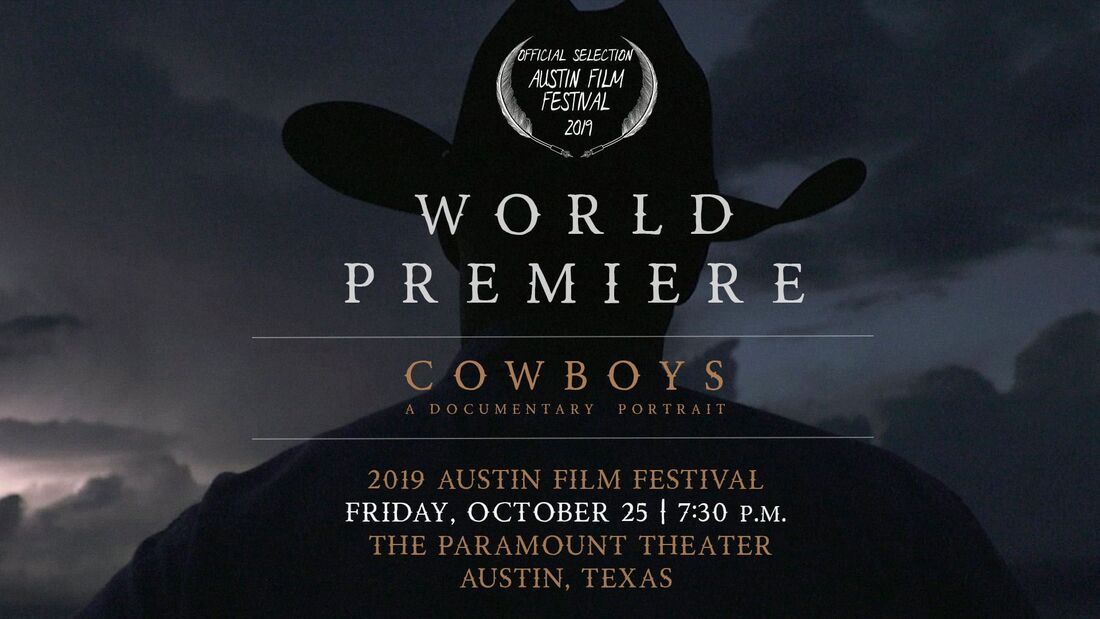


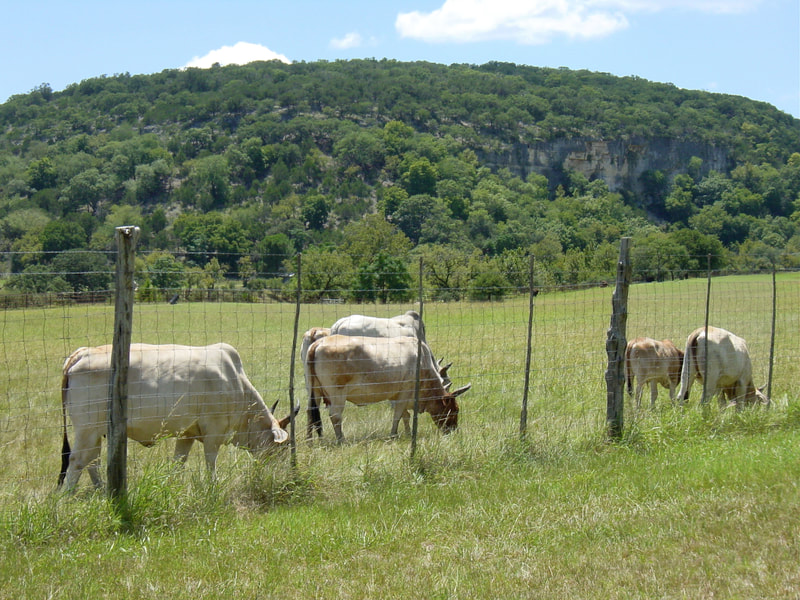
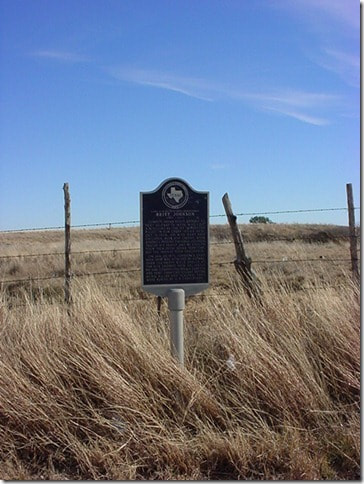
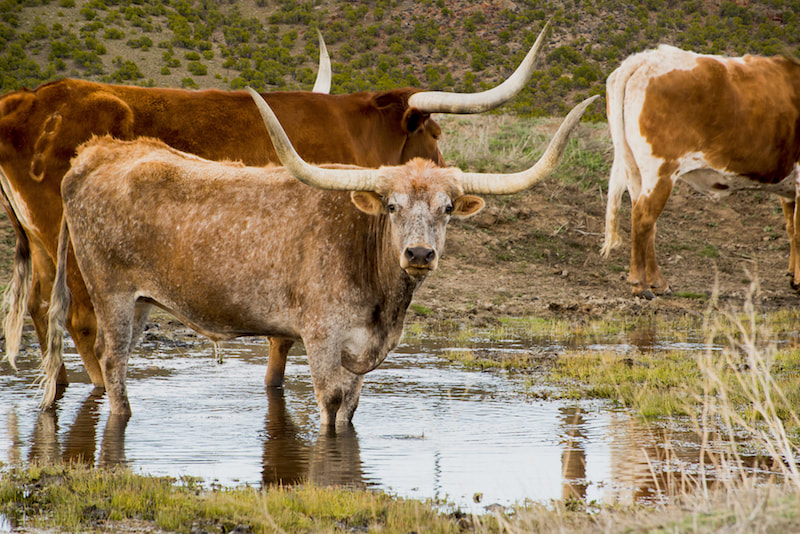

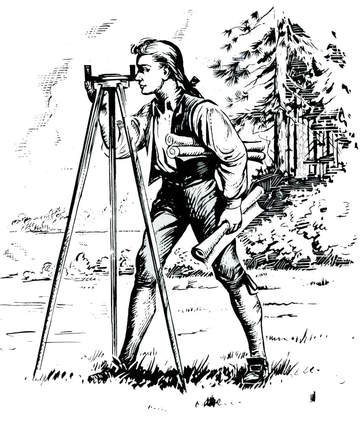
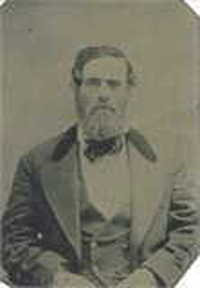

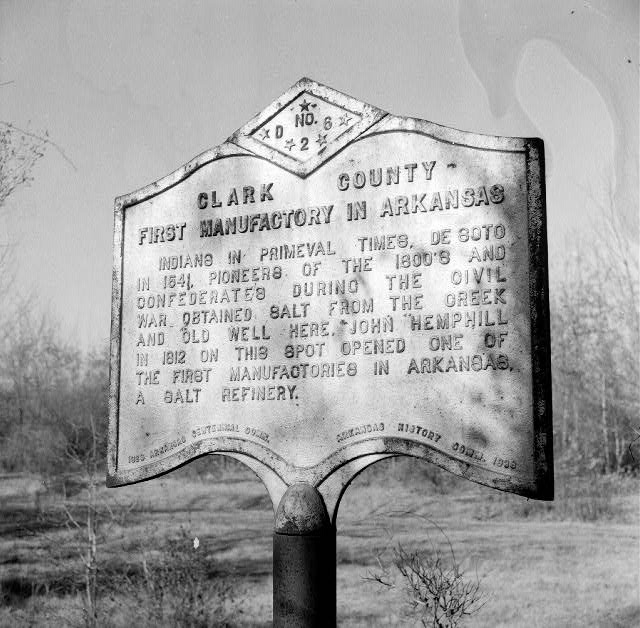
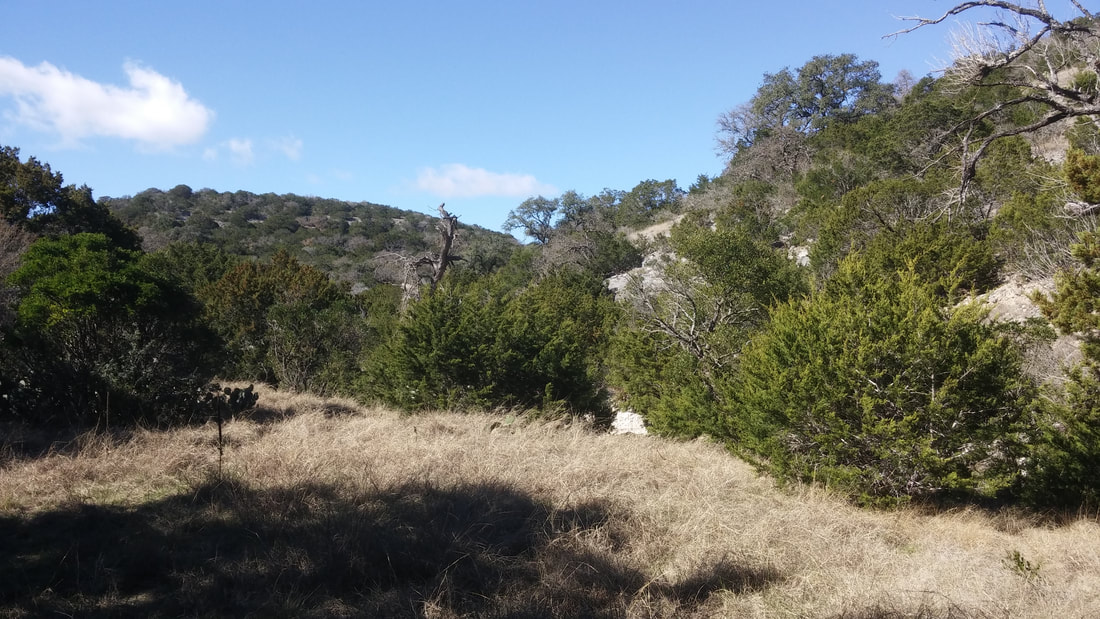
 RSS Feed
RSS Feed
